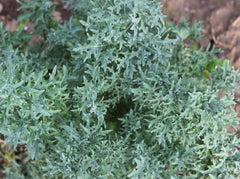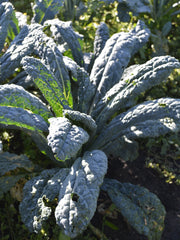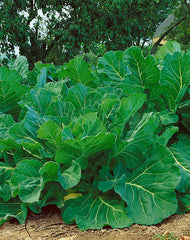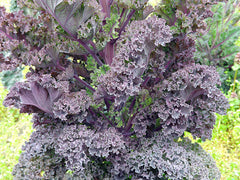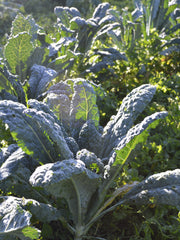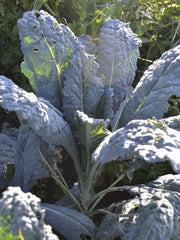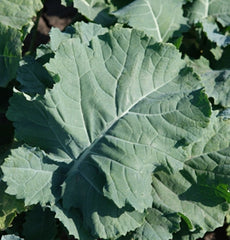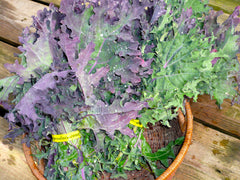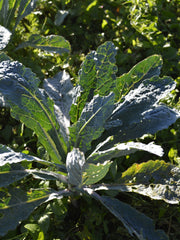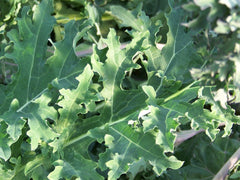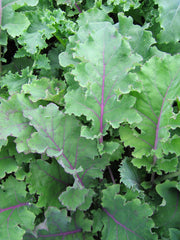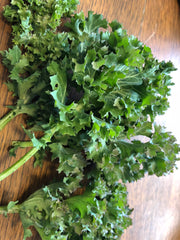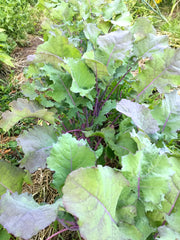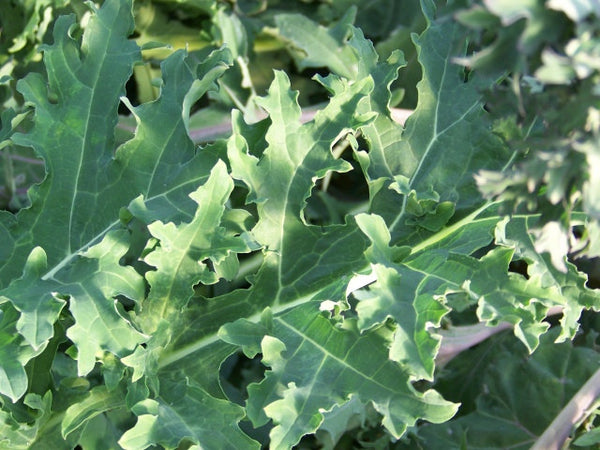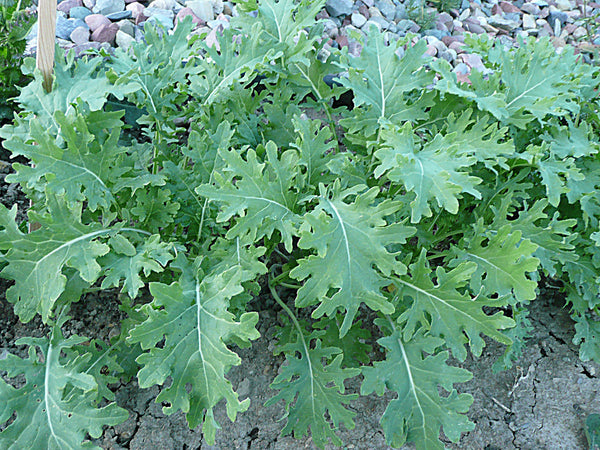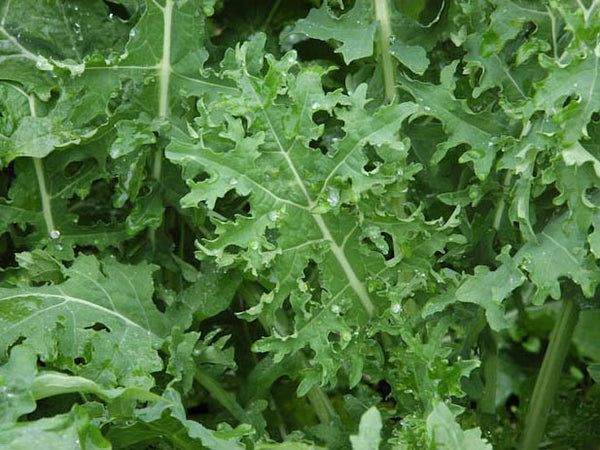White Russian
Brassica napus pabulariaDays from maturity calculated from the date of seeding. Average 9,000 seeds per ounce. Average 112M seeds per acre. Federal germination standard: 75%. Usual seed life: 5 years. Isolation distance for seed saving: 1 mile.
Planting Depth 1/4-1/2”
Soil Temp. Germ. 55-75˚F
Days to Germ. 5-15
Plant Spacing 12-18”
Row Spacing 18-30”
Days To Maturity 50
Full Sun, Moist Well Drained
White Russian Seed Count
1 Ounce ≈ 9,450 seeds
.25 Pound ≈ 37,800 seeds
- 200 Seeds$4.10
Judged most cold-hardy kale in trials at Garden City Seeds (Montana) circa 1995, and voted the best tasting among farm crews at High Mowing Seeds in Vermont, and at Gathering Together Farm. Tolerates water saturated soil better than any other kale we grow, lone survivors in two flood years and the annual low spot...
Judged most cold-hardy kale in trials at Garden City Seeds (Montana) circa 1995, and voted the best tasting among farm crews at High Mowing Seeds in Vermont, and at Gathering Together Farm. Tolerates water saturated soil better than any other kale we grow, lone survivors in two flood years and the annual low spots. Leaves are dissected like Red Russian, but with whitish stems and veining. Vigorous! Tested negative for black rot and black leg.
This is Open Source Pledged Seed (OSSI). By purchasing this seed you are a part of the Free The Seed movement. This variety is registered as an OSSI-pledged variety and seed. “You have the freedom to use these OSSI-Pledged seeds in any way you choose. In return, you pledge not to restrict others’ use of these seeds or their derivatives by patents or other means, and to include this pledge with any transfer of these seeds or their derivatives.” To learn more, visit: www.osseeds.org/about/.
Tags: Type: Siberian, Color: Red, Specialty: Cool Climate, Heritage: Heritage: New Variety, Heritage: Open Source OSSI, Season: Spring Fall Winter.